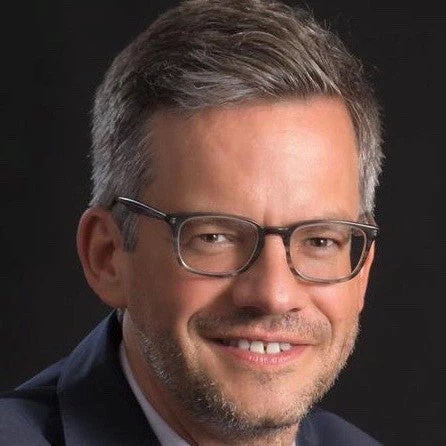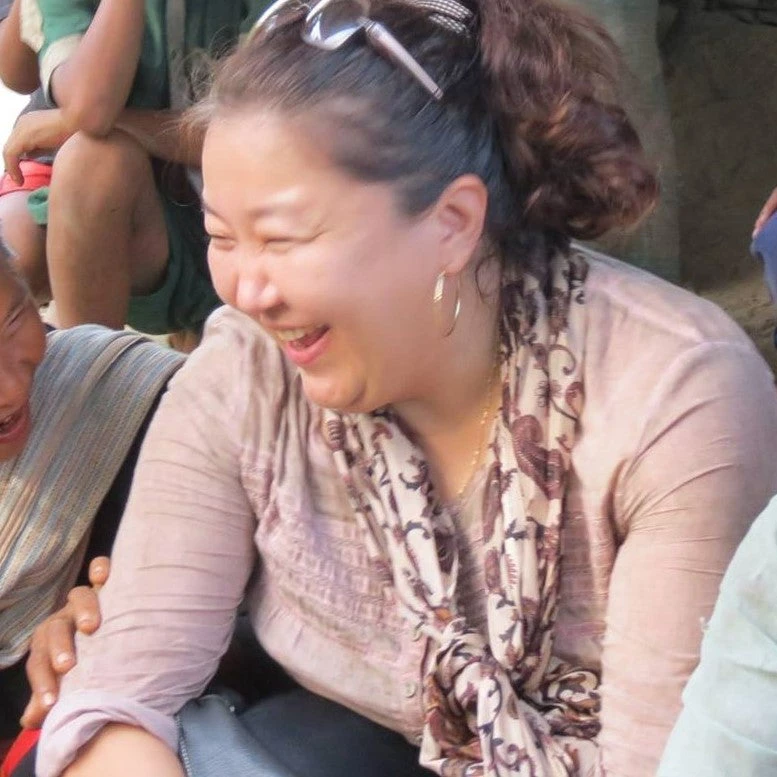 Man standing in the middle of the forest in the Indigenous community of Ipeti-Emberá, Panama
Man standing in the middle of the forest in the Indigenous community of Ipeti-Emberá, Panama
August 9 is International Day of the World's Indigenous Peoples, marking formal recognition of their fundamental human rights at the UN General Assembly nearly 40 years ago. It is a good time to take stock of how Indigenous Peoples and local communities (IPLCs) are faring – and it is painfully clear that there is still much to be done. IPLCs around the world continue to struggle to preserve their unique cultures, customs, identity, and well-being. In fact, just earlier this year, the International Union for Conservation of Nature (IUCN) Africa Protected Areas Congress in Kigali, Rwanda, issued a call to action, again requesting all stakeholders to ensure just, equitable and fair processes that will deepen the involvement of these stakeholders.
Ensuring IPLC rights and welfare is a moral imperative, but it also has important implications for effective climate action , particularly pertinent in light of these two facts:
First, forest ecosystems inhabited by IPLCs have consistently better-preserved biodiversity, water, and other natural resources. Despite this evidence, and their heritage of living in and protecting forest ecosystems, IPLCs continue to face challenges to their participation in decision-making processes over issues that affect their lives and livelihoods -- as well as in the distribution of benefits from initiatives implemented in their territories.
Second, despite their continued struggles with the vested interests encroaching on and grabbing their lands and undermining their human rights, IPLCs remain the true custodians of forest ecosystems. IPLCs hold or claim as traditional territories equivalent to almost 50% of the land area in 42 countries surveyed by RRI in 2020, representing 80% of global biodiversity. And the RRI's Global Baseline of Carbon Storage in Collective Lands indicates that almost a quarter of the carbon stored in the world's subtropical and tropical forests is in collectively managed territories with great potential for mitigation. Involving IPLCs in managing these ecosystems is therefore vital.
"Forest ecosystems inhabited by Indigenous Peoples and local communities have consistently better-preserved biodiversity, water, and other natural resources."
Indigenous Peoples and local communities are not just a part of the climate solution; they are the solution
As we work to build the climate finance architecture around the world, IPLCs living in and protecting vast tropical forests need to be engaged. Action on climate must ensure that IPLCs can access corresponding benefits and co-benefits, especially secured collective land tenure fundamental for their identity, livelihoods, and overall well-being. At COP26, countries and key donors pledged US$1.7 billion by the end of 2025, specifically to recognize Indigenous and local community land rights as one of the key areas of systemic change needed for a just transition to a green economy. The latest IPCC report states that tenure insecurity limits people's ability to adapt to climate change, while strengthening IPLC rights could transform how we manage tropical forests.
How World Bank is enabling IPLCs to benefit from results-based climate finance
One of the key pillars of the World Bank Group's Climate Change Action Plan (2021-25) is to put people at the heart of climate work to facilitate both successful mitigation and adaptation. To support that effort, our new Scaling Climate Action by Lowering Emissions (SCALE)* has put in place Enhancing Access to Benefits while Lowering Emissions (EnABLE), a cross-cutting program that intentionally places people, particularly IPLCs, at the center of climate decisions and actions.
SCALE will be a one-stop shop for the Bank's Results-Based Climate Finance (RBCF) directly rewarding countries and communities for reducing greenhouse gas emissions. SCALE is organized to support efforts across three critical areas: natural climate solutions, sustainable infrastructure solutions, and fiscal and financial solutions.
Take, for instance, natural climate solutions. SCALE will ramp up support for transformational changes in forest management, land and resource use practices to maximize carbon sequestration. The emission reductions will be measured, verified, and then translated into credits (as they are today under World Bank programs using results-based climate finance) for which the host country may receive payments (assuming the credits stay in the respective host country and are not traded or sold). For instance, Lao PDR is one of 15 countries receiving Forest Carbon Partnership Facility (FCPF) support under the REDD+ rubric. FCPF is financing support to the government to strengthen customary land tenure in Lao PDR through policies and legislation to ensure a proper process for recognition of land tenure inside forest areas. Lao PDR expects to receive US$42 million over five years as compensation for the reduced emissions, which are to be distributed in line with the Benefit Sharing Plan. EnABLE will amplify the development outcomes of these efforts by enabling IPLCs and other historically disadvantaged groups to engage in and lead the implementation of the emission reductions projects. In the case of Lao PDR, EnABLE will support raising awareness of forest-dependent communities and groups, including ethnic minorities and women, of the land tenure systems and facilitate the advancement of their land rights. In this way, the EnABLE program would not only widen access for these communities to carbon benefits but also help them to secure their land tenure.
There is still a long way to go to reach the promise of declarations made 40 years ago. Meaningful climate action will only be successful if people – in particular, IPLCs - are central to the design and implementation of these efforts. Initiatives like EnABLE are supporting these broader development aims by bringing in and learning from the true custodians of forests and ecosystems, supporting inclusion and equity in carbon finance, thereby helping economies and countries thrive.
* previously the Climate Emissions Reductions Facility – CERF



Join the Conversation